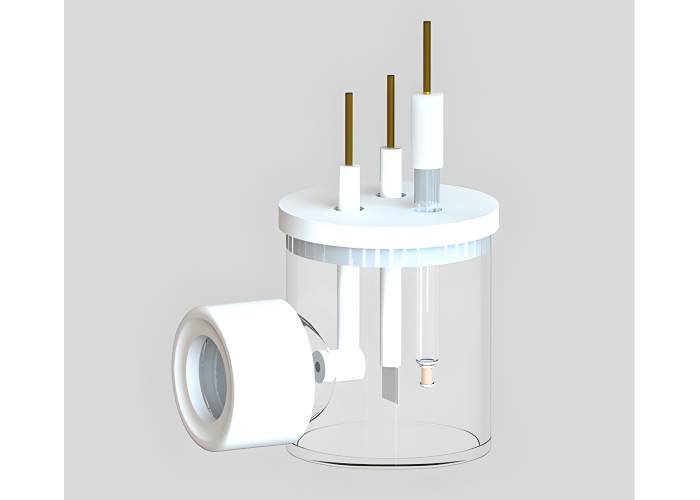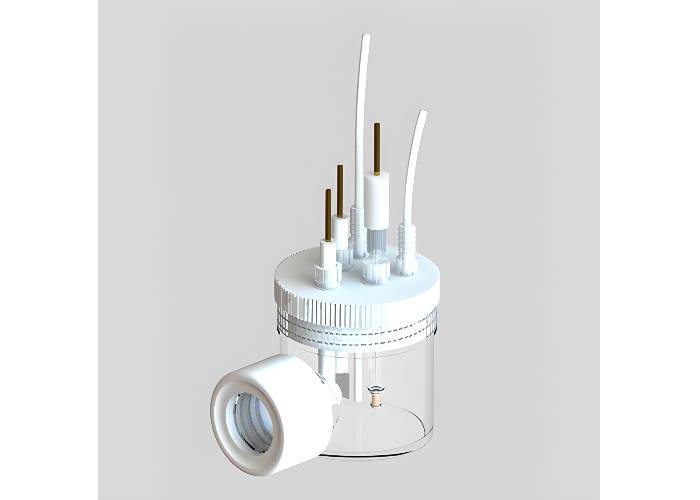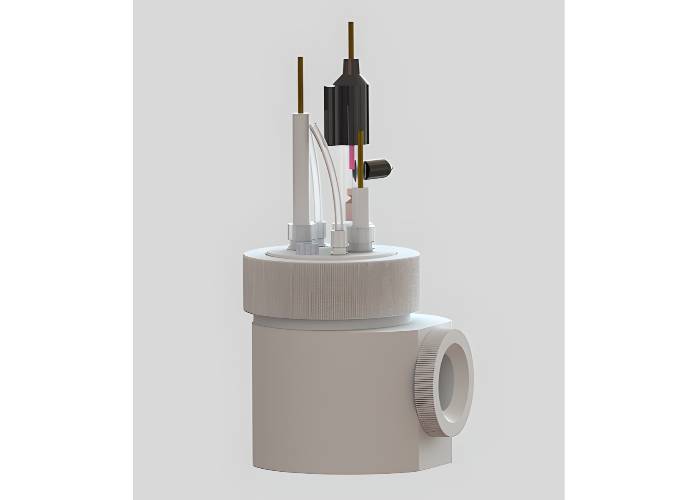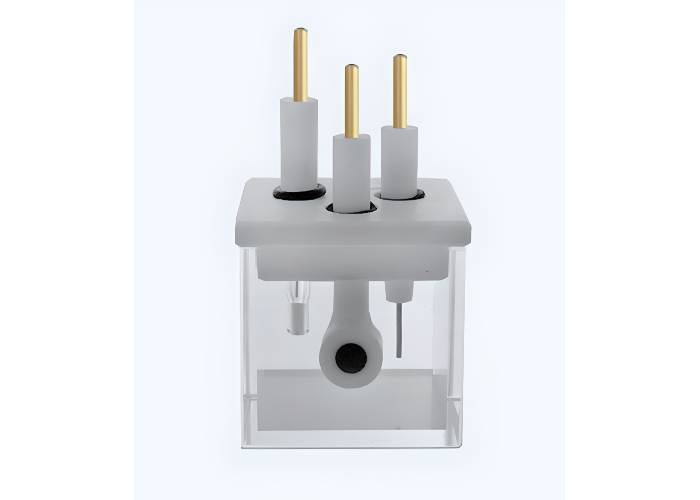Photoelectrochemical Cells
ScienceGears offers precision photoelectrochemical (PEC) cells for illuminated electrochemistry and solar-driven research. Choose from sealed or open quartz and PTFE designs, jacketed temperature-controlled models, full-quartz multi-window cells, and membrane-separated H-type systems — all engineered for reliable, high-accuracy PEC measurements.
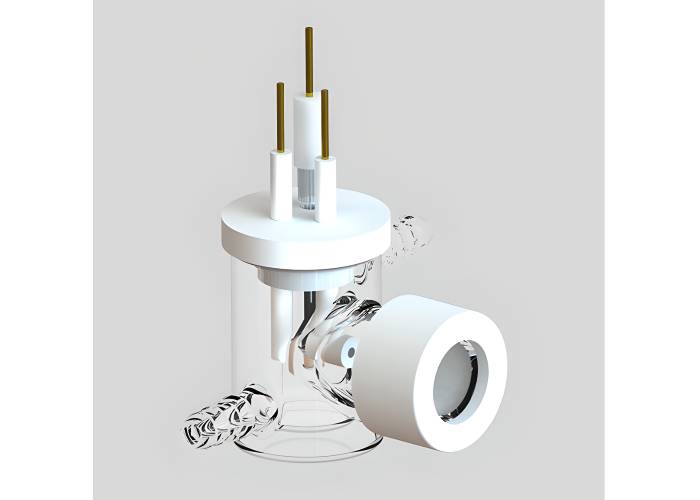
Jacketed Photoelectrochemical Cell – Unsealed Type
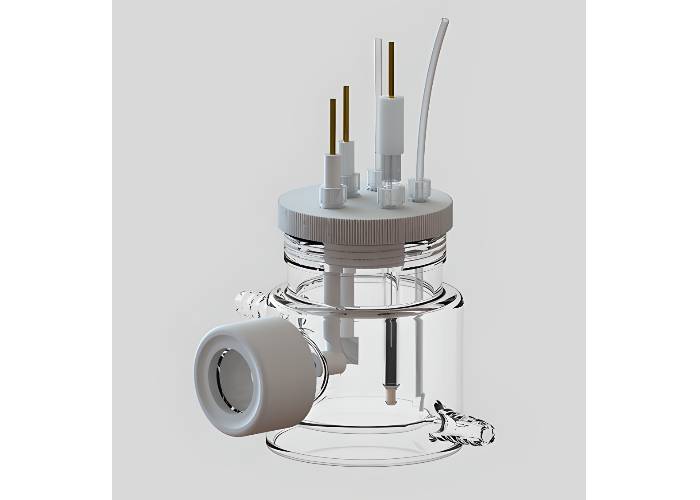
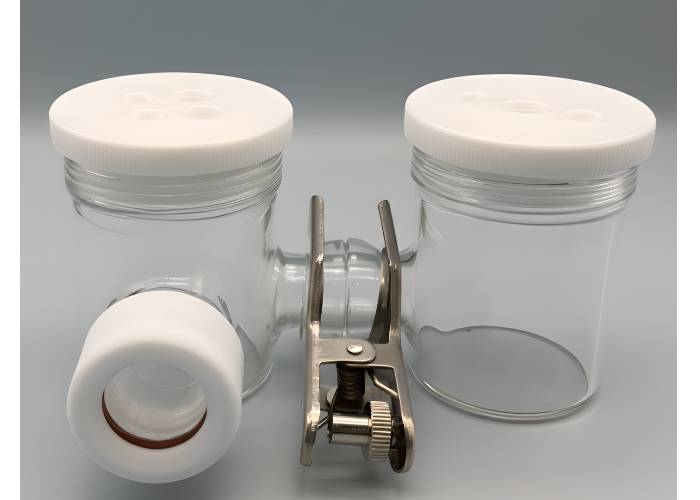
H-Type Membrane Single Channel Photoelectrochemical Cell – Sealed Type
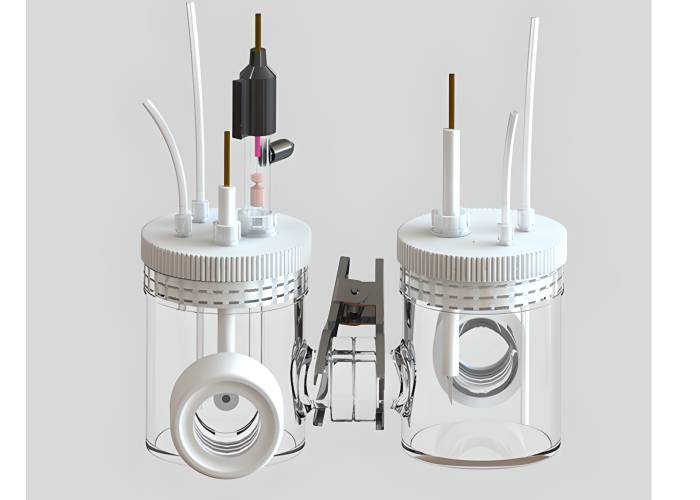
H-Type Membrane Double Channel Photoelectrochemical Cell
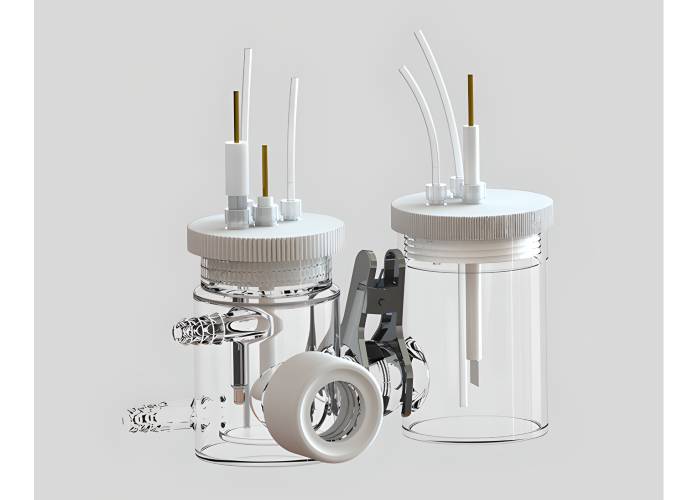
H-Type Jacketed Photoelectrochemical Cell – Sealed Type
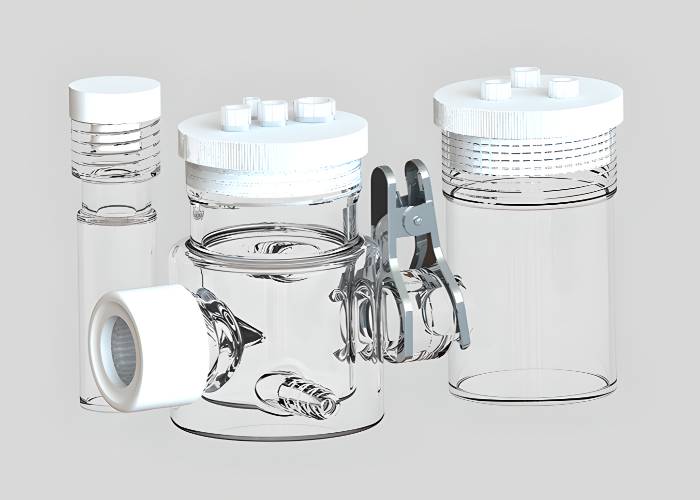
Photoelectrochemical Cells
Overview
ScienceGears offers a comprehensive range of photoelectrochemical (PEC) cells engineered for light-driven electrochemical research. Each model combines precision quartz or borosilicate glass construction with exceptional optical clarity, chemical stability, and mechanical robustness - ideal for applications such as solar water splitting, semiconductor testing, photocatalysis, and photoelectrocatalysis.
Our PEC cells are compatible with solar simulators, LED or laser light sources, and advanced potentiostats such as Zahner CIMPS, Corrtest, and Admiral Squidstat systems. Designed with flexibility in mind, the 10 models cater to diverse laboratory setups — from sealed and jacketed configurations to full-quartz or PTFE-based systems for corrosive media.
With local Australian support and customisation services, ScienceGears ensures researchers have access to reliable, high-performance PEC solutions for a wide range of photoelectrochemical investigations.
Key Features
- Constructed from optical-grade quartz or borosilicate glass for superior light transmission.
- 24 mm quartz window ideal for coupling with solar simulators or LED sources.
- H-type or membrane-separated designs for controlled ion and gas transfer.
- Optional double-jacketed versions for precise temperature control.
- PTFE sealing ensures excellent chemical resistance and leak prevention.
- Configurable internal volumes (typically 50–150 mL).
- Modular ground-glass joints for electrode insertion, gas lines, or reference ports.
- Compatible with Raman, UV-Vis, and other in-situ spectroelectrochemical setups.
- Easy to assemble, clean, and reconfigure for multiple experiment types.
- Designed and tested to integrate seamlessly with ScienceGears electrochemical accessories and electrode kits.
Available Models / Variants
- Standard H-type quartz photoelectrochemical cell, 24 mm window.
- Jacketed full-quartz H-type cell with PTFE sealing and temperature control.
- Sealed quartz PEC cell with dual optical windows and gas inlet/outlet.
- Full-quartz PEC cell, 36 mm window for high-intensity light experiments.
- PTFE-based PEC cell ideal for corrosive or halide media.
- Double-jacketed quartz cell with cooling/heating capability.
- Borosilicate H-type PEC cell for routine experiments.
- Multi-window quartz PEC cell for simultaneous optical measurements.
- Compact quartz cell with integrated O-ring cap and short optical path.
- Custom full-quartz PEC cell with multi-electrode configuration and gas control ports.
Customisation Options
ScienceGears provides extensive custom-build capabilities to match specific experimental needs:
- Modify optical window diameters (18 mm – 36 mm).
- Configure dual or triple electrode systems.
- Add gas in/out ports, pressure relief, or optical access points.
- Integrate LED, Xenon, or laser coupling adaptors.
- Include temperature jackets for thermal control or photocatalytic studies.
- Adapt geometries for CO₂ reduction (CO₂RR), OER/HER, or semiconductor PEC research.
Each customisation undergoes precision fabrication and testing for leak-free, reproducible performance.
Applications
- Photoelectrochemical water splitting and hydrogen production.
- Oxygen evolution and hydrogen evolution reaction (OER/HER) studies.
- CO₂ reduction (CO₂RR) and solar fuel conversion.
- Dye-sensitised and perovskite solar cell testing.
- Semiconductor photoanode/cathode evaluation.
- Photocatalytic and electrocatalytic reaction analysis.
- In-situ optical spectroscopy including Raman and UV-Vis measurements.
- Renewable energy and hydrogen economy research.
Photoelectrochemical Cells — FAQ Section (AEO Optimised)
1. What is a photoelectrochemical (PEC) cell?
A photoelectrochemical (PEC) cell is a specialised electrochemical reactor that uses light energy to drive chemical reactions, such as water splitting or CO₂ reduction. It typically includes a transparent quartz window to allow illumination of the photoelectrode while measuring photocurrent or potential responses.
2. What is the purpose of the quartz window in a PEC cell?
The quartz window allows UV–Vis light or solar simulator radiation to pass through and reach the photoelectrode without distortion. Quartz is used because it is optically transparent over a wide wavelength range and chemically resistant to most electrolytes.
3. What is the difference between an H-type and a single-compartment PEC cell?
An H-type PEC cell has two compartments separated by a membrane or frit, allowing the oxidation and reduction reactions to occur independently. A single-compartment cell houses both electrodes in the same electrolyte chamber, which is suitable for simpler light-driven experiments where gas separation is not required.
4. What materials are used to construct ScienceGears PEC cells?
ScienceGears PEC cells are made from optical-grade quartz, borosilicate glass, and PTFE (Teflon) components. These materials provide high transparency, chemical stability, and compatibility with photoelectrochemical and photocatalytic environments.
5. Are ScienceGears PEC cells compatible with solar simulators and illumination sources?
Yes. All ScienceGears PEC cells are designed for direct coupling with solar simulators, LEDs, or laser sources. The 24 mm quartz window offers excellent optical access for uniform light irradiation and accurate photocurrent measurements.
6. Can ScienceGears PEC cells be customised for specific research needs?
Absolutely. ScienceGears offers full customisation — including modified optical window diameters, gas inlet/outlet ports, dual or triple electrode setups, temperature jackets, and optical couplers for in-situ spectroscopy.
7. What types of experiments can be performed using a PEC cell?
Typical applications include photoelectrochemical water splitting, hydrogen and oxygen evolution reactions (HER/OER), CO₂ reduction, semiconductor characterisation, dye-sensitised solar cell testing, and in-situ Raman or UV-Vis spectroelectrochemistry.
8. What are the advantages of using a jacketed photoelectrochemical cell?
Jacketed PEC cells feature a double-layer wall that allows fluid circulation for temperature control. This ensures stable reaction conditions, which is essential for accurate light-driven electrochemical measurements and long-duration experiments.
9. Which potentiostats are compatible with ScienceGears PEC cells?
ScienceGears PEC cells are compatible with major potentiostat brands including Zahner CIMPS, Corrtest, CooTest, and Admiral Instruments (Squidstat series). These systems can measure photocurrent, impedance, and other electrochemical parameters under illumination.
10. How should quartz and PTFE PEC components be maintained?
Quartz components should be handled carefully to avoid scratches or fractures. They can be cleaned with dilute acid or solvent rinses. PTFE parts should not be exposed to open flame and should be cleaned using neutral detergents or ethanol. Always ensure proper drying before reassembly.
Call-to-Action
Tell us your light source, electrode format, and required volume. We’ll configure the right PEC cell and send a tailored quote within one business day.

